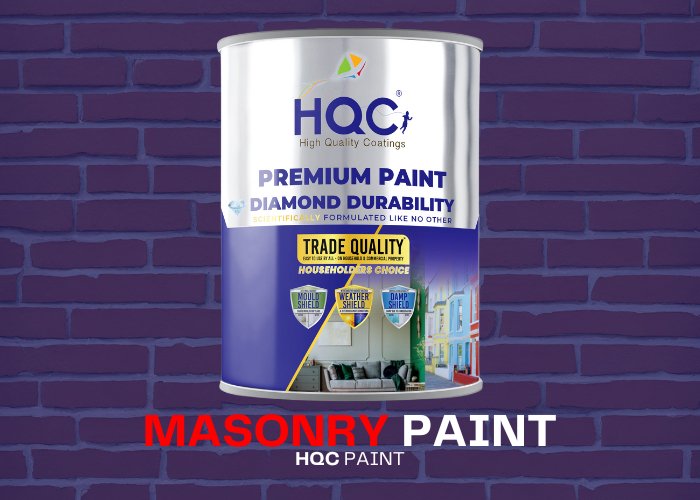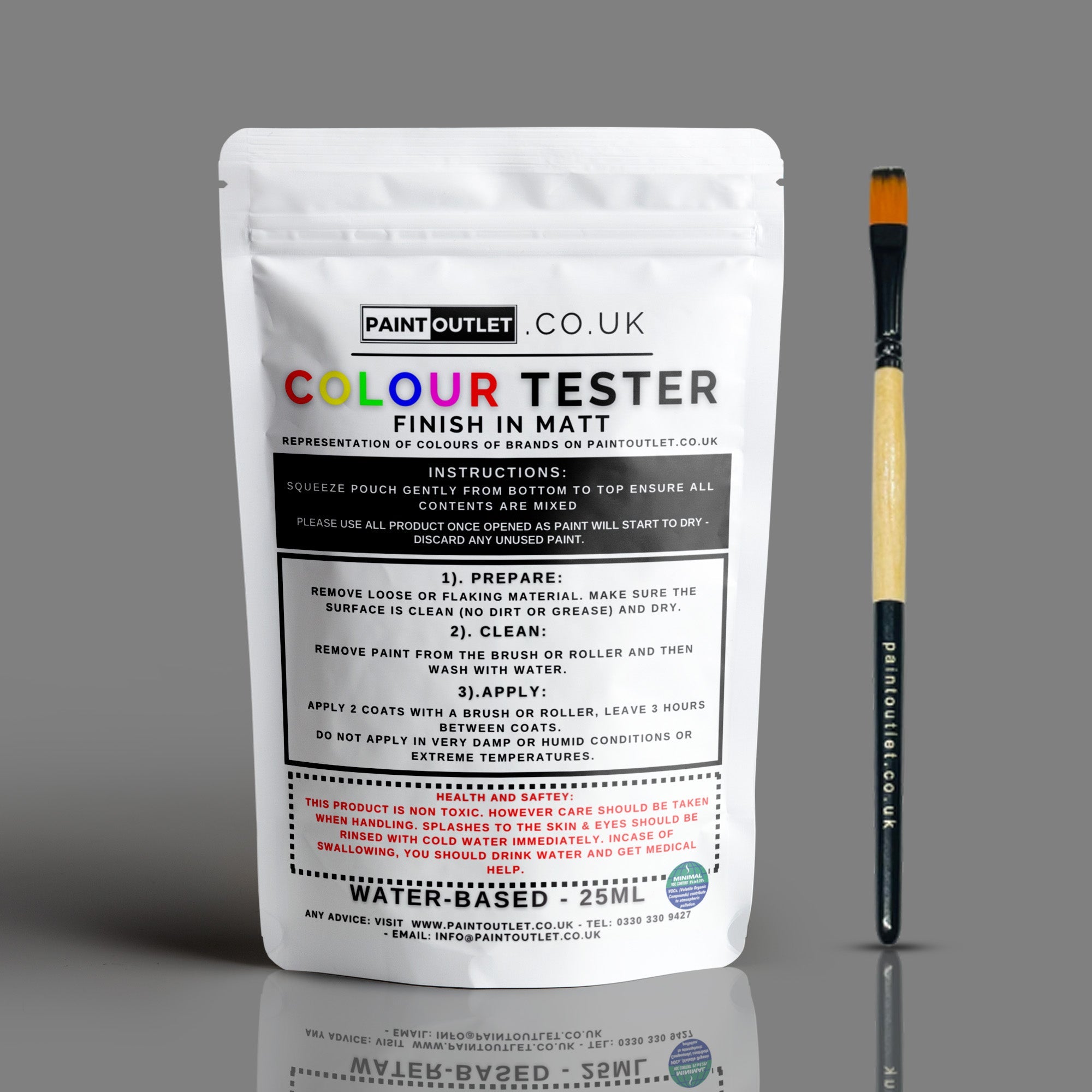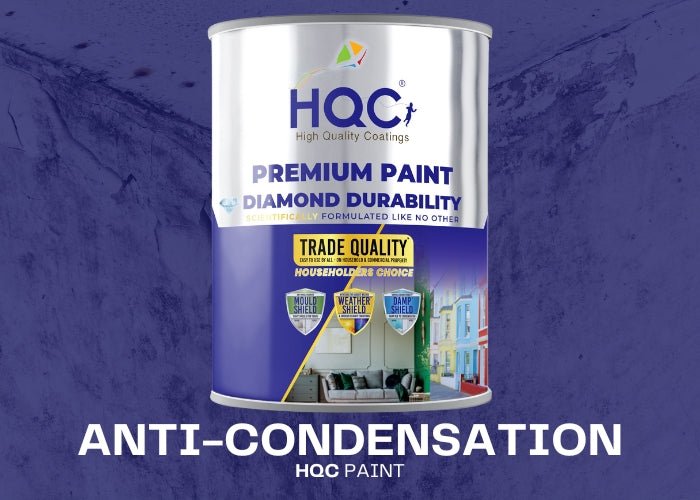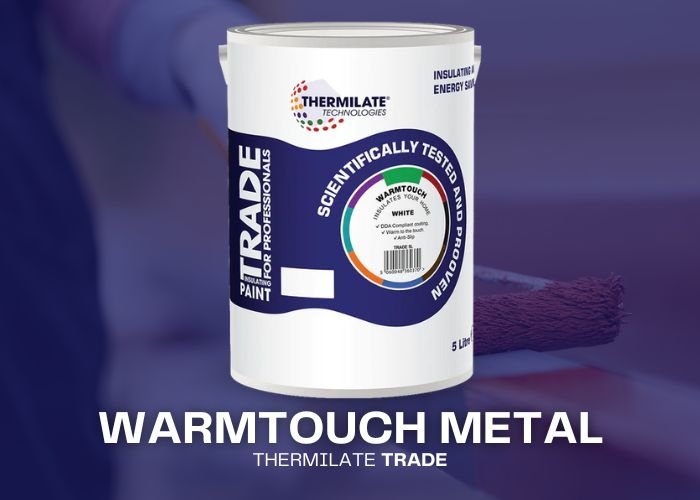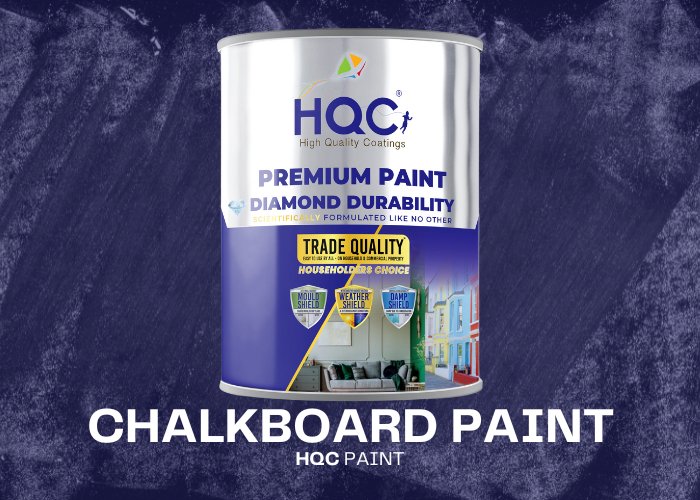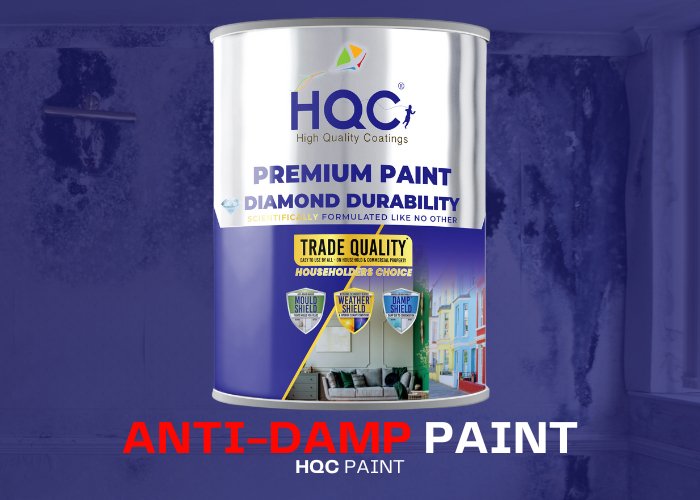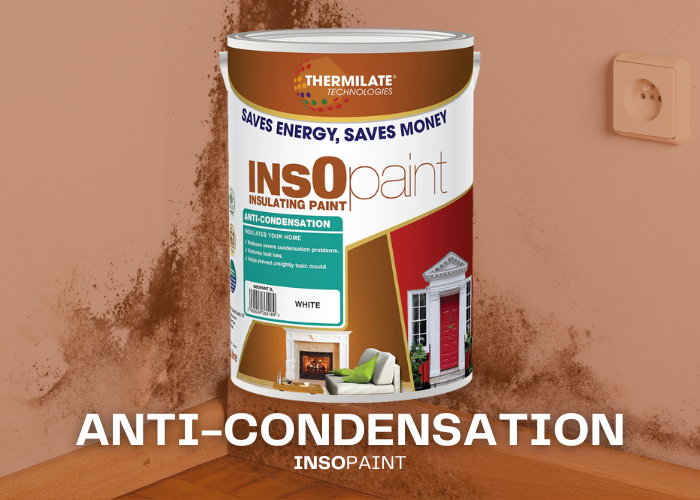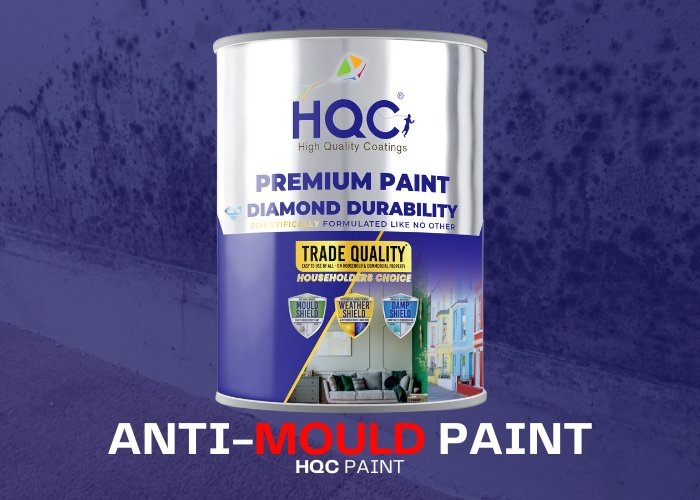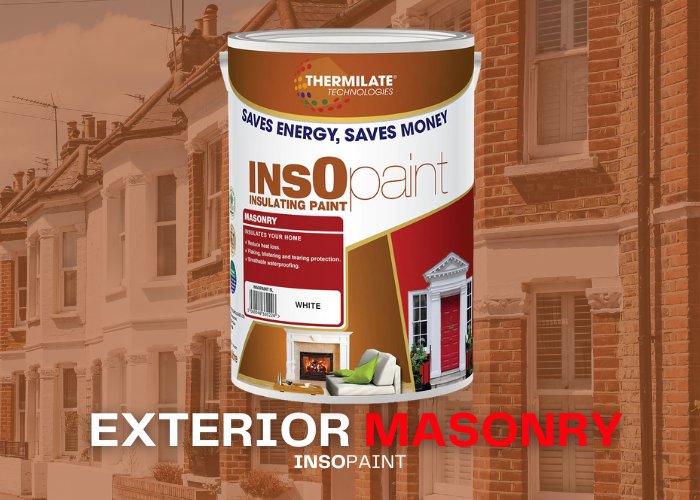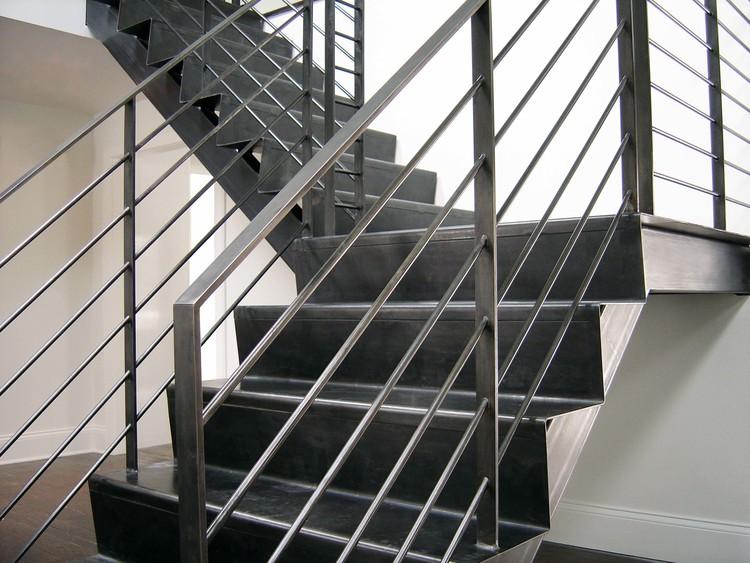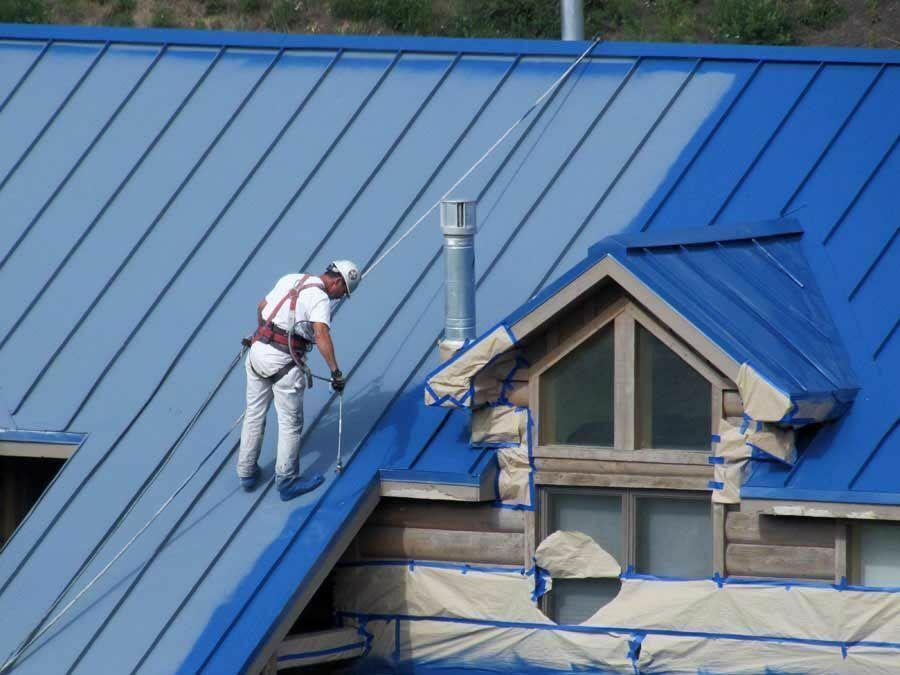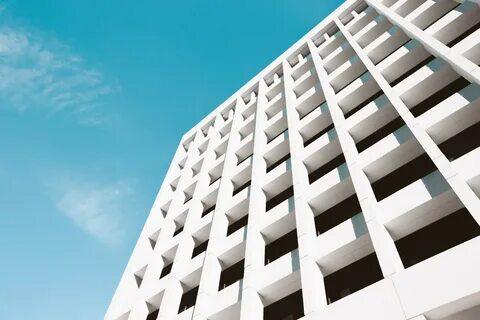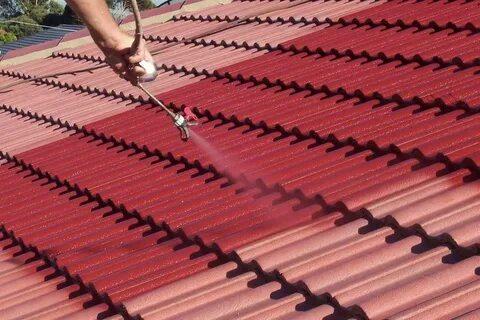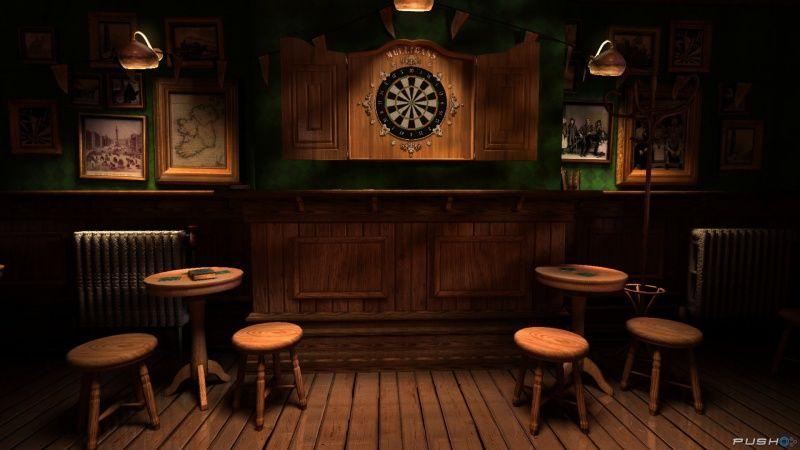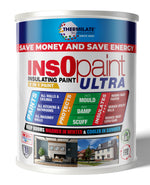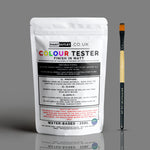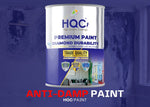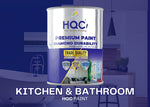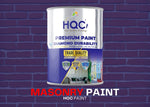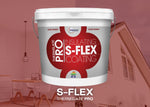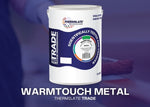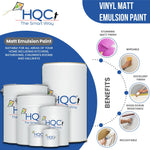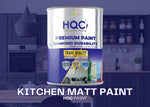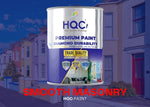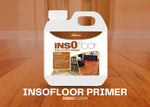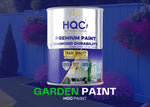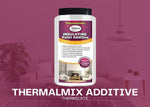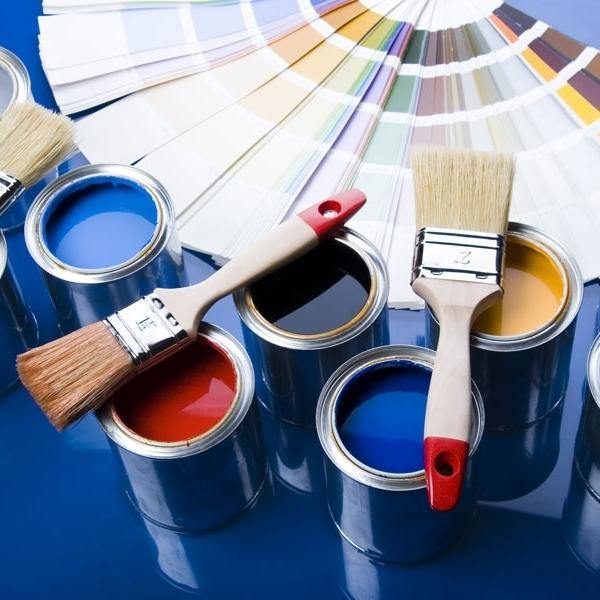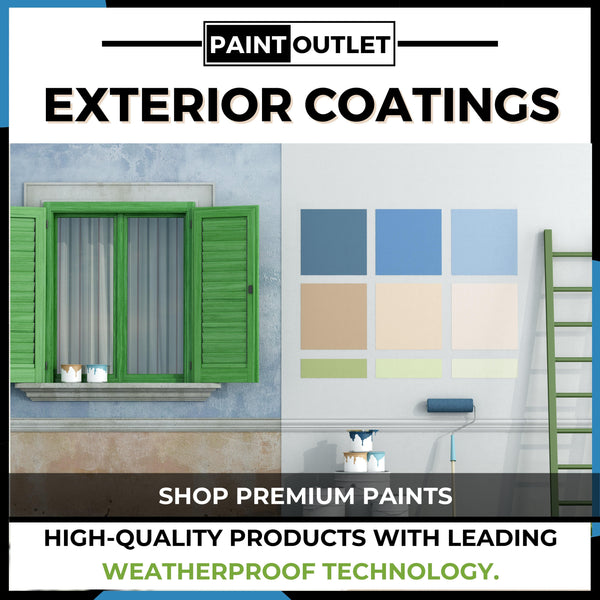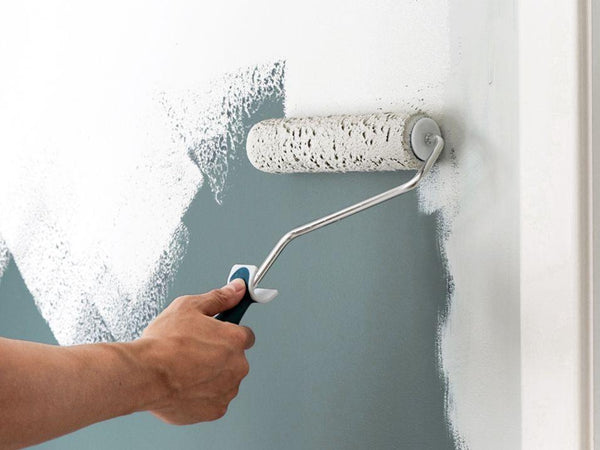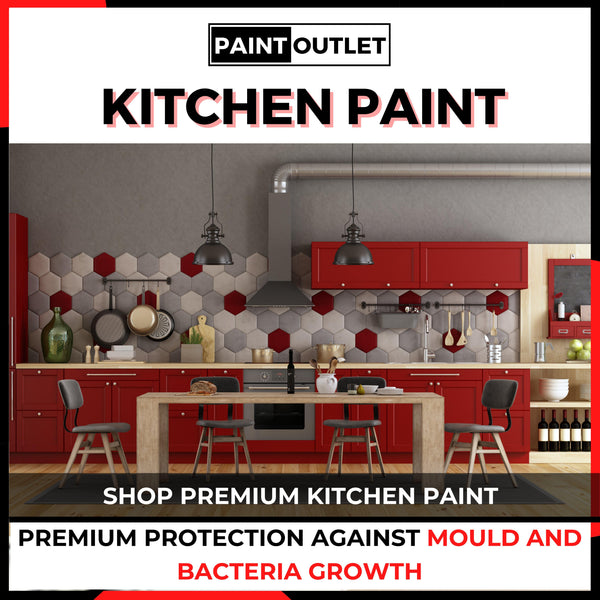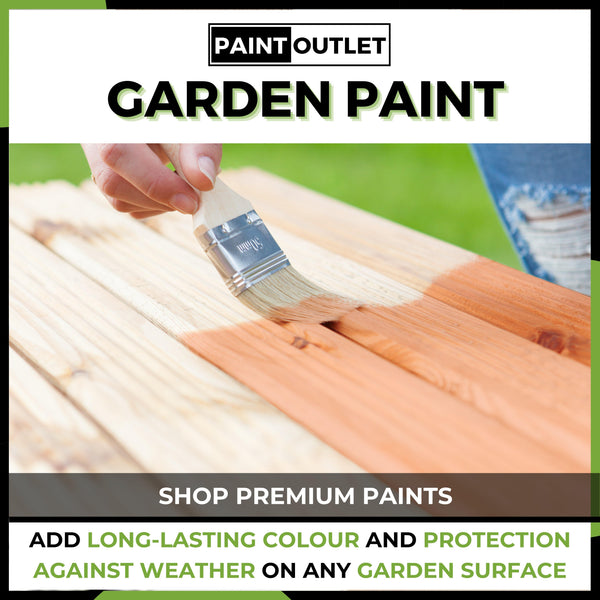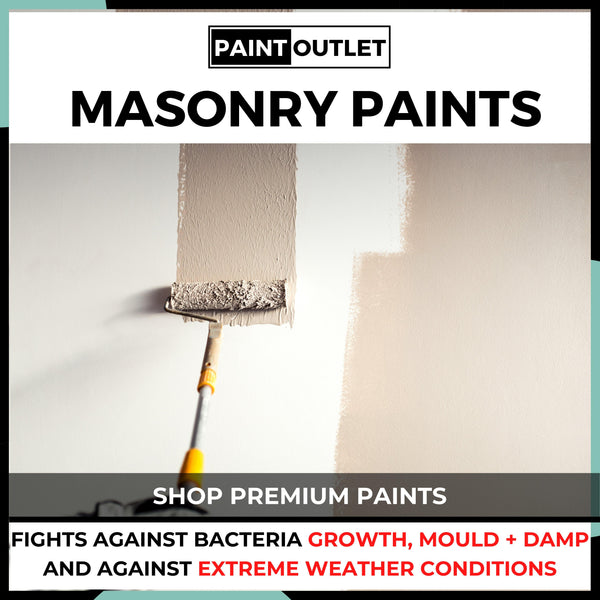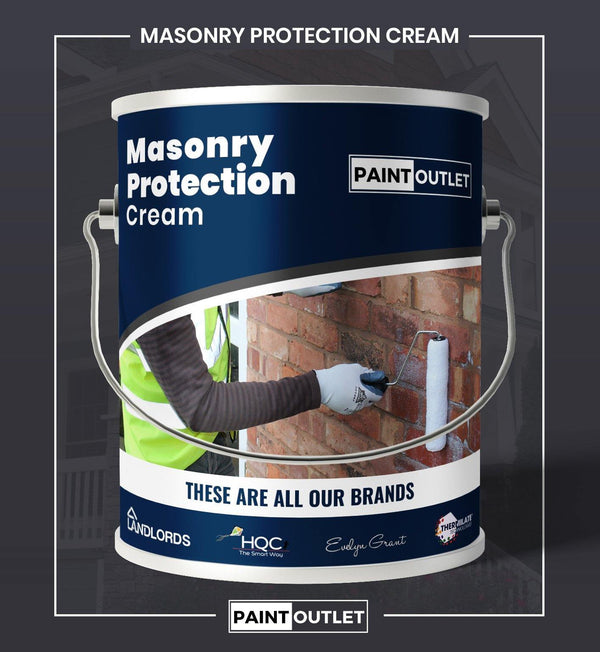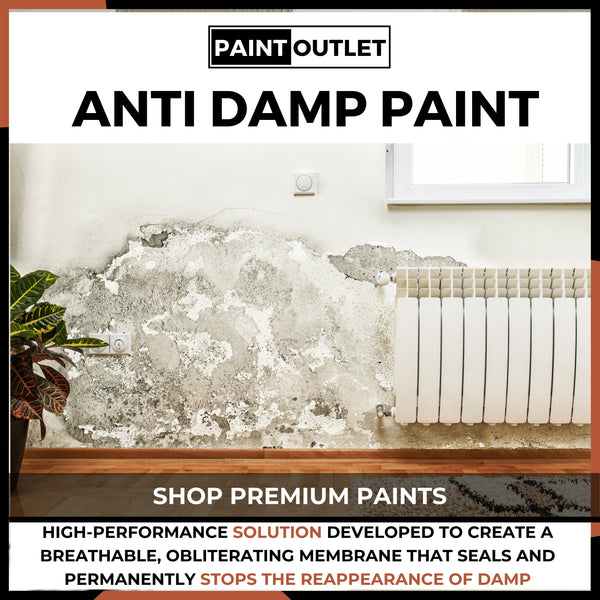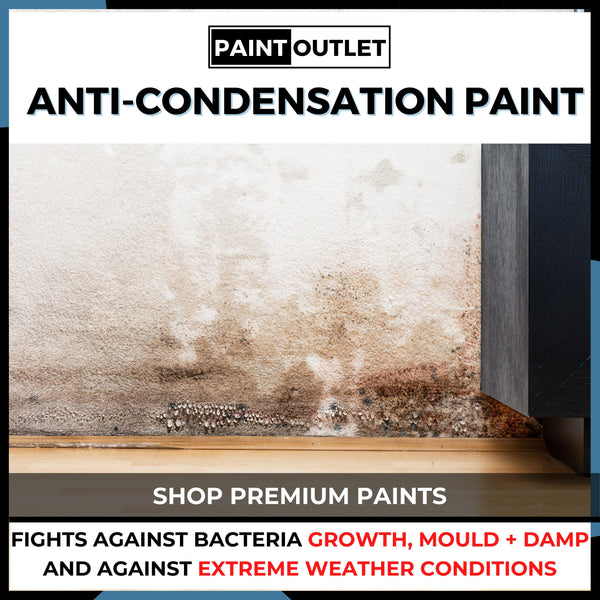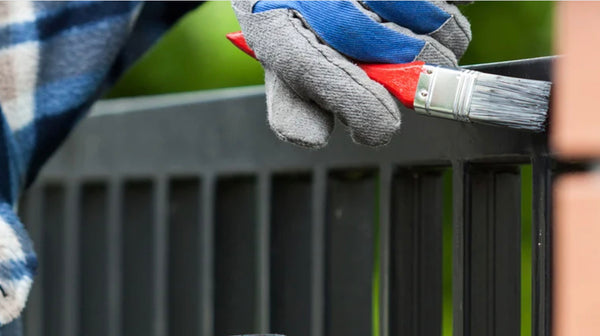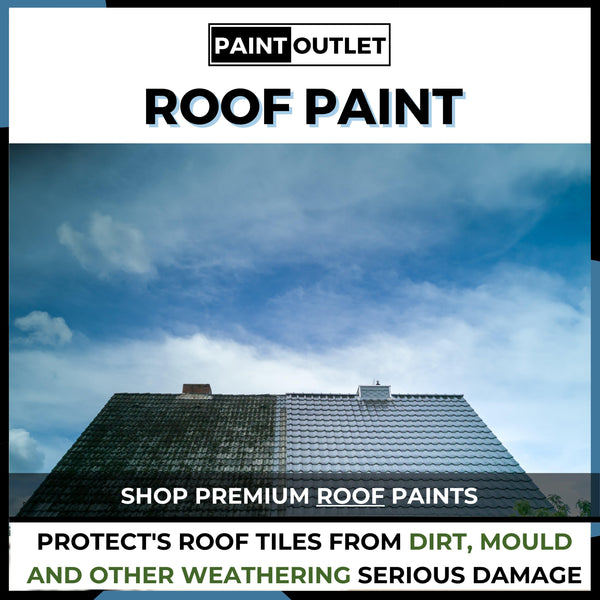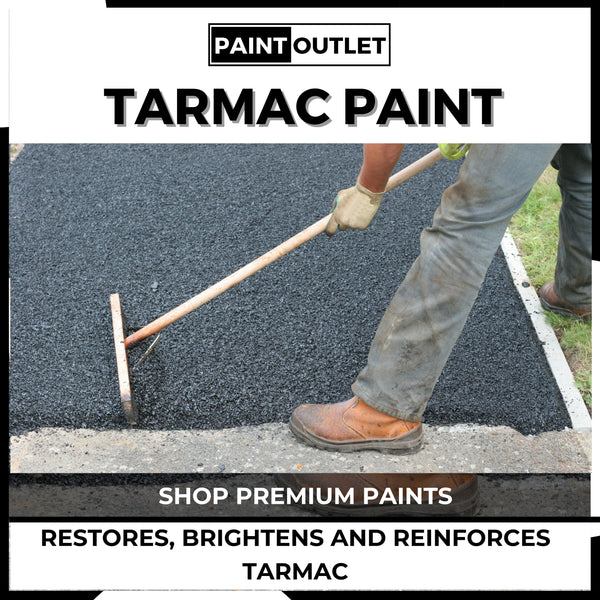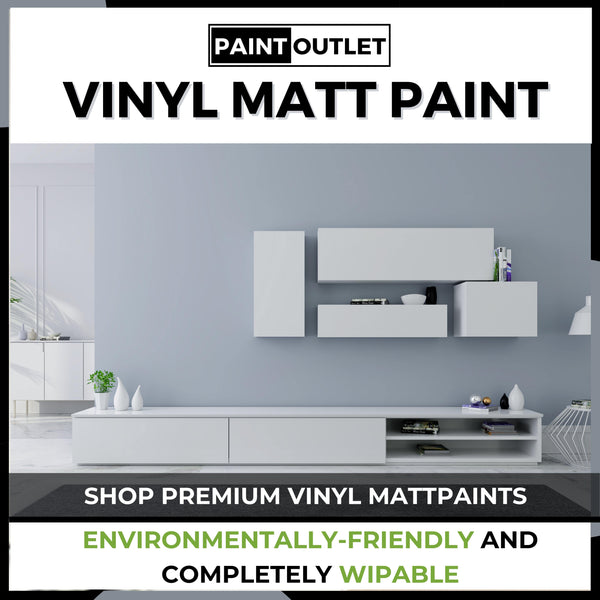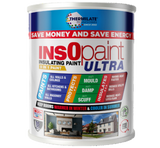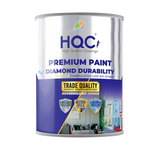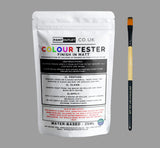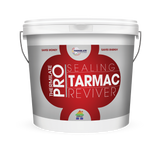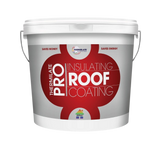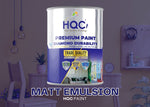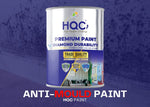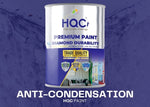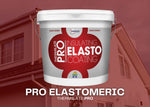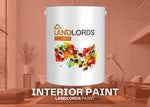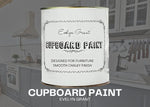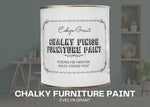When it comes to brickwork, the threat of moisture and water penetrating the bricks, pebble-dash, concrete, and plaster is becoming more and more dangerous. Mould growth, moisture, fractures, blistering and peeling paint, and disintegration and degeneration of the surface and internal structure are all problems that can be caused by moisture and water penetration.
Weather and dampness can also cause problems for your home in any shape or form. Finding a solution could provide you with significant advantages in terms of expanding the solutions you offer to a project and or increasing client satisfaction if you’re offering a service. Paint is often the only protection that we have for our rooms and surfaces. What would be the best way to slow down the aging of buildings, while strengthening their durability and efficiency?
Thermilate technologies could help you with a full-fledged and thoroughly calculated solution. Their research and development department has used nanotechnology to manufacture the InsOpaint Exterior Masonry. This exterior masonry paint is scientifically proven to insulate and protect your surfaces to further help decrase your energy consumption and maintenance.

Homeowners and businesses in increasing numbers are wasting huge amounts of energy heating and cooling more frequently in summer and winter due to heat loss from buildings and excess heat entering and causing humidity. As a consequence of deterioration and heat loss, this can lead to a problem with environmental energy pressure as more properties suffer heat loss and heat gain damage. This paint may be able to help. This paint adds reflective barriers that will improve the thermal insulation of a building's interior and reduce .
Consequently, it would lower the amount of heat that escapes a house in cold climates by reflecting heat that would normally escape through the walls back into the room. Alternatively, in warmer climates, thermal barriers can also reflect and prevent excessive heat from entering the house, which will keep rooms at comfortable temperatures, preventing too much heat penetration.
This condition could reduce the usage of energy using both heaters and air-conditioners, reducing the costs of electricity.
Only two applications of this paint are needed to provide unbreakable resistance to moisture and water penetration into brickwork and pebble-dash, concrete, and plaster. The weatherproof and waterproof properties of this paint will protect the outside walls from the damaging effects of summer's blistering heat and temperature fluctuations. Paints like these allow the interior environment to breathe more freely, resulting in a more environmentally friendly environment.


















